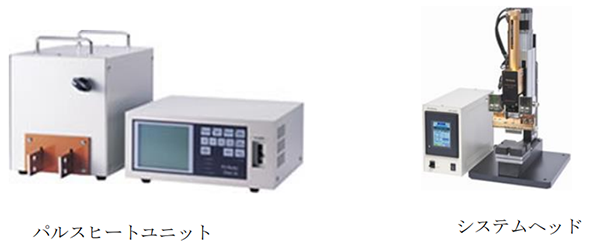
Nippon Avionics: Joining dissimilar materials with pulse heat: Direct joining of CFRP and aluminum
-Joining dissimilar materials for precision parts by pulse heat-
Nippon Avionics:
Applying precision joining equipment technology,
Thermoplastic CFRP and aluminum alloy
Without the use of fasteners or glue
Dissimilar material joining technology for direct joining
Developed.
Multi-materialization:
Multi-materials that use both non-resin and metal are progressing.
CFRP, a lightweight and high-strength material, has been adopted in aircraft and automobiles and is attracting a great deal of attention.
Conventional: Thermosetting CFRP problem
However, thermosetting CFRP is
① High difficulty of secondary processing
② Refrigeration management is required
③ Low mass productivity
④ Recycling is difficult
This time: Introducing thermoplastic CFRP
Thermoplastic CFRP is attracting attention as a material that can solve the drawbacks of thermosetting CFRP.
In the future, “adoption of precision bonding of thermoplastic CFRP and metal in many fields” is expected.
Conventional joining method:
For joining metal and thermosetting CFRP, adhesive joining with adhesives and mechanical joining with bolts etc. were the mainstream.
Joining method developed this time:
With surface-treated thermoplastic CFRP
The aluminum alloy is joined with a pulse heat unit.
Directly join small areas of 5 mm x 20 mm
Obtaining a joint strength with a tensile shear strength of 30 MPa,
Is possible.
Pulse heat unit:
Mounted on the pressure head,
An electric current is passed through the heater chip to generate heat through resistance.
Press the heater tip against the object to be joined,
With a preset temperature profile
It is a device for spot bonding by local heating and precise pressurization.
This product contributes to the production of many small information devices and small precision parts in Japan and overseas.
News Release | Nippon Avionics